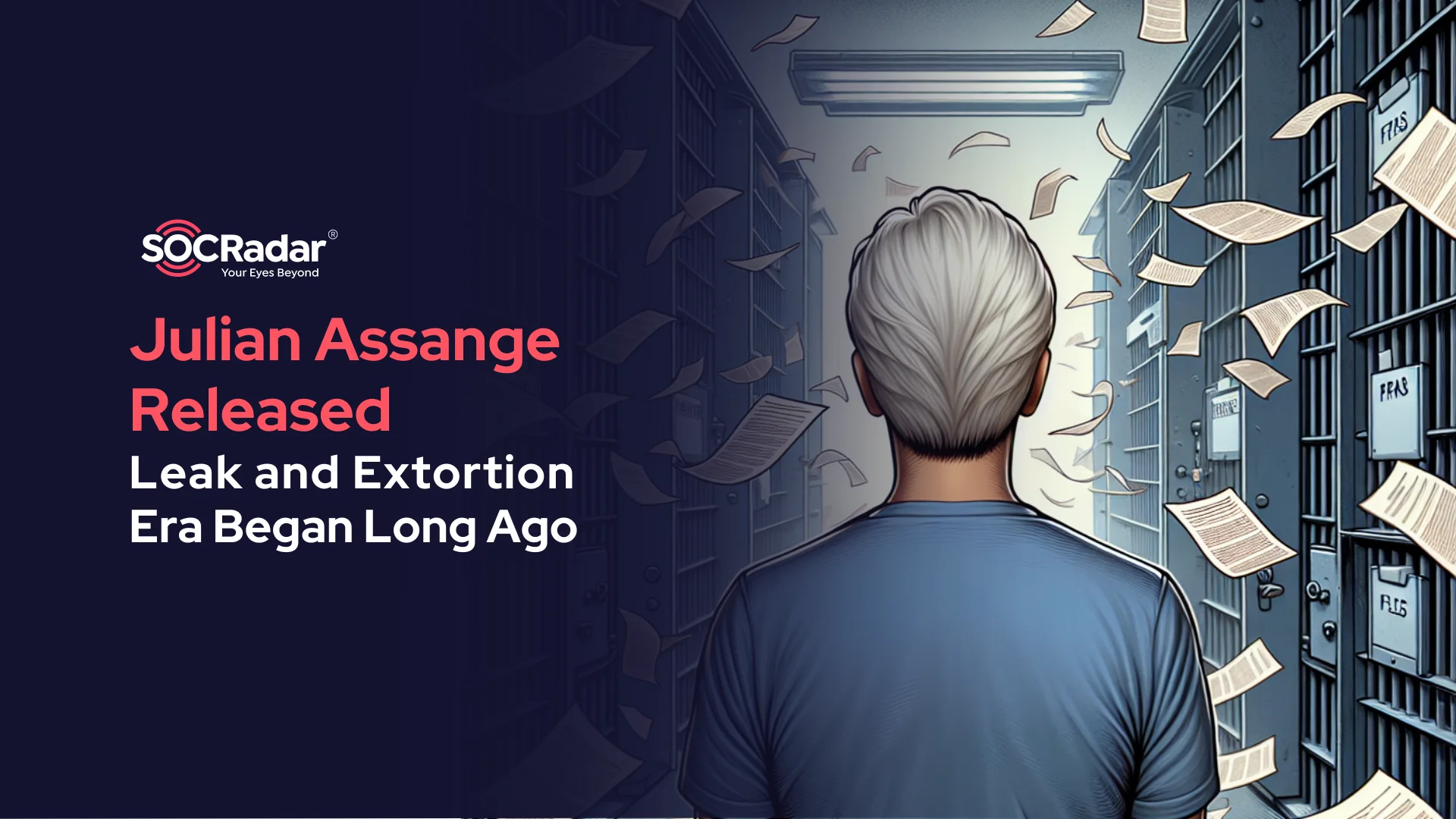
How to Minimize Your Attack Surface in 5 Ways
Reducing the attack surface is crucial for intelligent cybersecurity for businesses. An essential security measure is to keep the attack surface as minimal as possible.
Organizations must constantly monitor their attack surfaces to identify and block potential threats quickly. To lower the risk of cyberattacks succeeding, they must also aim to reduce the attack surface area. However, as they grow their digital footprint and embrace new technology, this gets more difficult.
In an era of increasingly complex infrastructures and sophisticated malware, we must remain laser-focused on reducing the attack surface to limit the opportunities available to cybercriminals. Here are SOCRadar’s five ways to do it:

Eliminate Complexity
Unnecessary complexity can lead to poor management and policy errors, allowing cybercriminals to access corporate data without permission. To simplify their network, organizations must delete unneeded or unused software and devices and reduce the number of endpoints in operation.
Poor policy management or inadequate information during rule generation can result in complexity, which can lead to:
- Mistakes in technical policy (e.g., duplicate or redundant rules)
- Rules that have sat idle for a long time and no longer serve a useful purpose
- Excessively permissive rule definitions that provide far more access than is required to meet business demands
Visualize Vulnerabilities
Vulnerability scanners help identify weak spots, but they are restricted in their capacity to reveal the whole risk picture. You’ll need to know not only where you’re vulnerable but also how an attacker might exploit it. This missing context can be provided by visualizing vulnerabilities by constructing a real-time model of what could happen in the context of network mobility.
Simulation of an attack: The various ways attackers could traverse the network and exploit vulnerabilities are revealed.
Simulation of patches: When used in conjunction with network policy, it can determine which patches are likely to have the most significant impact on security.
Segment The Network
Network segmentation helps companies decrease their attack surface by increasing the number of barriers an attacker encounters when traveling through the network.
Network segmentation reduces the total number of exploitable assets and reduces dwell time (the number of times hackers spend unnoticed on networks).

Endpoint Control
Gaining visibility into what’s going on on endpoints is the first step toward lowering their impact on the attack surface. For threat detection and risk mitigation, it’s critical to keep an eye on endpoints, network connections, and user behavior to see if anything is out of the ordinary.
The second stage is to govern what the endpoints can do, and the most effective way to achieve this is through network policy. To ensure that communication with the rest of the network complies with security purposes, policies create a virtual perimeter around each endpoint.
Train Employees
Employees are the first line of protection against cyberattacks, as most cyberattacks begin with phishing attempts. Regular cybersecurity awareness training will assist them in grasping best practices and recognizing the telltale indications of phishing emails and social engineering attacks.
Discover SOCRadar® Free Edition
With SOCRadar® Free Edition, you’ll be able to:
- Discover your unknown hacker-exposed assets
- Check if your IP addresses tagged as malicious
- Monitor your domain name on hacked websites and phishing databases
- Get notified when a critical zero-day vulnerability is disclosed
Free for 12 months for 1 corporate domain and 100 auto-discovered digital assets.
Try for free



































